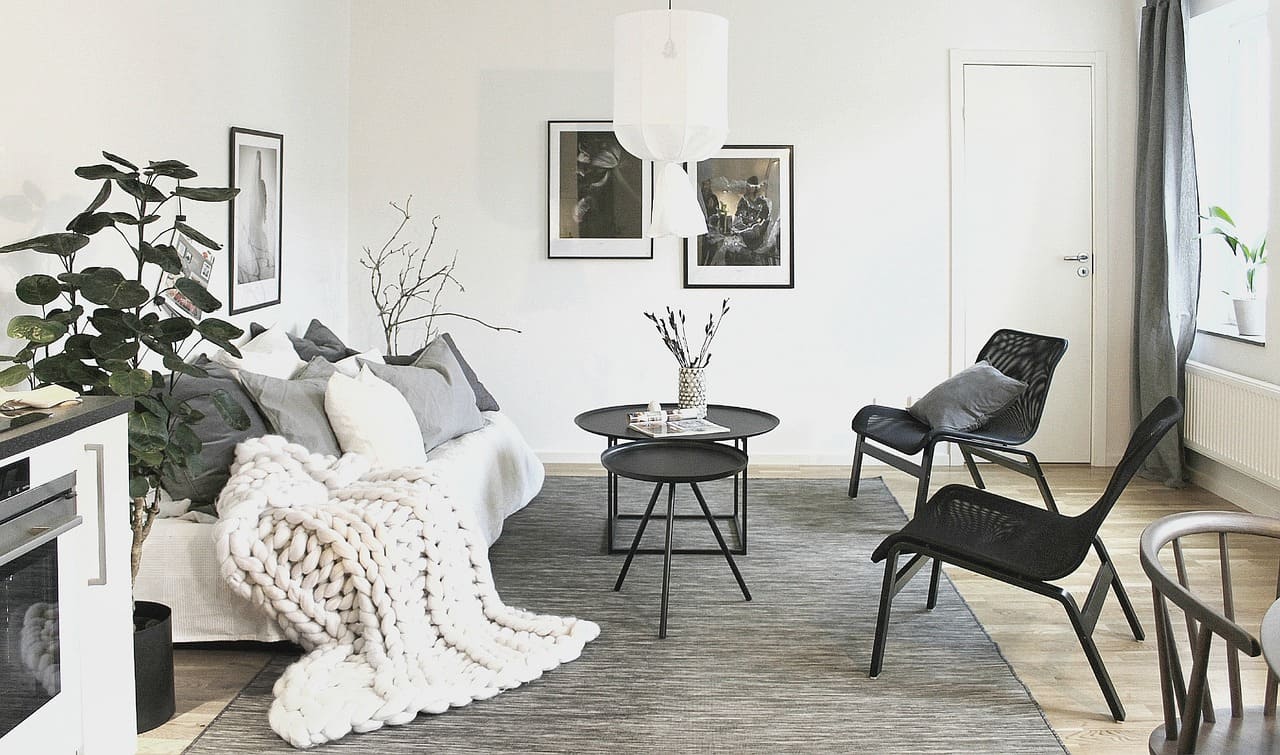Interior design is an ever-changing field where trends and styles are constantly evolving. One of the most exciting ways to refresh your living space is by blending modern and classic furniture elements. This approach not only brings a unique charm to your home but also creates a harmonious balance between timeless elegance and contemporary flair.

Combining these two styles can seem challenging, but with thoughtful planning and an eye for detail, you can achieve a stunning result. The key is to understand how to integrate modern and classic furniture pieces seamlessly, ensuring that each element complements the other.
Understanding Modern and Classic Furniture
Modern Furniture Characteristics and Appeal
Modern furniture is well-known for its streamlined lines and minimalist design. This style often features straight, clean forms and a focus on simplicity. The use of materials like metal, glass, and synthetic fabrics enhances the modern aesthetic. These elements create a streamlined look that is both elegant and functional.
The minimalist approach of modern furniture promotes a sense of openness and clarity in any room. It helps in making spaces appear larger and less cluttered, contributing to a contemporary ambiance.
Functionality is a vital element in the design of modern furniture. Pieces are often designed with practicality in mind, incorporating innovative features that enhance usability. Modern furniture also frequently employs new materials and technologies to achieve a cutting-edge look.
Classic Furniture Timeless Elegance
Classic furniture is distinguished by its elaborate detailing and traditional craftsmanship. It often includes ornate carvings, luxurious fabrics, and rich wood finishes. These elements contribute to a sense of grandeur and timeless beauty.
The craftsmanship involved in classic furniture adds a layer of sophistication to any interior. Each piece reflects a dedication to quality and detail, which enhances the overall aesthetic of the space.
Combining Modern and Classic Furniture
Attaining Balance in Your Space
When combining modern and classic furniture, it’s important to start with key pieces from each style. Choose standout items that embody the essence of both modern and classic designs. For example, a sleek modern sofa can be paired with a classic wooden coffee table to establish a balanced look.
Incorporating both styles in this way ensures that each piece complements the other, creating a cohesive aesthetic. This approach allows for a seamless integration of modern and classic elements in your interior design.
Emphasizing Color
A neutral color palette is essential for blending modern and classic furniture effectively. Colors such as beige, gray, and white provide a versatile base that allows both styles to coexist harmoniously. Using neutral tones helps to create a balanced backdrop that highlights the unique features of each furniture piece.
Neutral colors also contribute to a more spacious and airy feel in the room. They enable modern and classic elements to shine without overpowering the space.
Mixing different textures and materials can enhance the integration of modern and classic furniture. Combine plush fabrics like velvet with sleek materials such as glass or metal to create an intriguing contrast. This blend creates depth and visual intrigue within the space.
Tips for Successful Integration
Highlighting Key Pieces
Highlighting key furniture pieces can effectively integrate modern and classic styles. For example, using a modern art piece or a classic chandelier as a focal point helps anchor the design. These standout items can serve as visual anchors that bring both styles together seamlessly.
By emphasizing focal points, you create a cohesive theme that blends modern and classic elements. This approach ensures that the space feels well-curated and intentionally designed.
Maintaining Consistency
Consistency is crucial when integrating modern and classic furniture. Adhering to a unified theme or color scheme throughout your space helps ensure that all elements work together harmoniously. A consistent theme creates a cohesive look, preventing the design from feeling disjointed or chaotic.
By maintaining a unified theme, you create a visually appealing environment where modern and classic pieces complement each other. This approach helps in achieving a balanced and harmonious interior design.
Using coordinated color schemes is essential for maintaining consistency in your design. Choose colors that tie together modern and classic furniture pieces, creating a seamless flow throughout the room. Coordinated colors help in blending different styles, making them appear as part of a cohesive design.